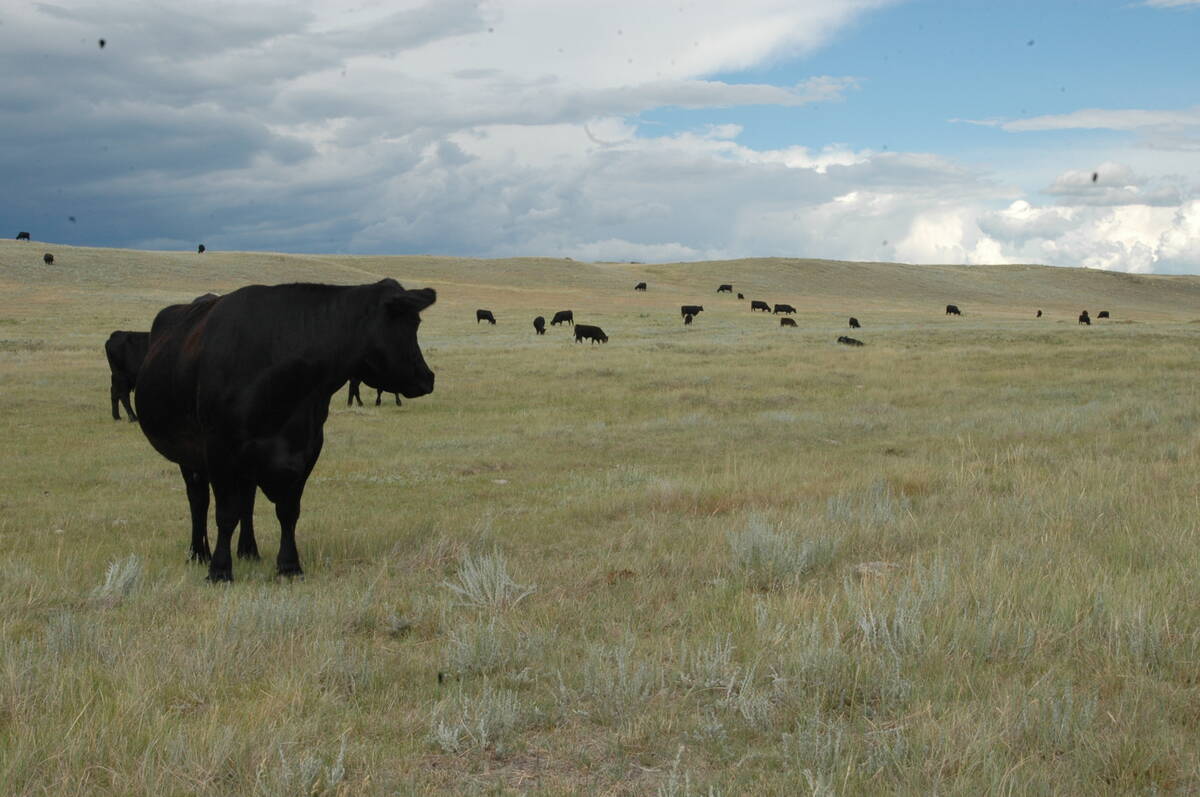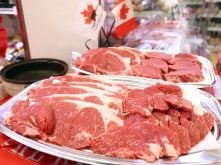Manitoba Beef Producers narrowly passed a resolution at its recent annual meeting in Brandon to develop an insurance fund to protect farmers if a cattle dealer goes bankrupt.
The insurance initiative came in response to the case of G &M Livestock, which shipped Canadian cattle to slaughter plants in the United States. Cattle producers in Manitoba and Saskatchewan lost hundreds of thousands of dollars, possibly as much as $2 million, after the company filed for bankruptcy earlier this year.
Several producers who lost money in the bankruptcy attended the beef producers meeting in Brandon, including Randy McIntyre of Strathclair, Man.
Read Also

Saskatchewan Cattle Association struggles with lower marketings
This year’s change in the provincial checkoff has allowed the Saskatchewan Cattle Association to breathe a little easier when it comes to finances.
While it’s probably too late to recover his losses, McIntyre proposed that Manitoba set up an insurance plan similar to programs in Ontario and Alberta to offset future losses if dealers, packers, auction marts or producers go bankrupt.
Several producers and cattle dealers at the meeting said this type of insurance is useless because the programs in Alberta and Ontario are ineffective.
“The Ontario and Alberta funds … there is a very tight window of reporting … to collect,” said Rick Wright, a cattle buyer for Heartland Order Buying in Virden, Man.
“There’s a lot of money in the funds and very few payouts…. If you use Alberta and Ontario as your baselines to go against, it’s virtually impossible to get any money.”
Wright said he sympathizes with producers who lose money when a cattle dealer goes bankrupt, but farmers have to realize they are taking a risk when they do business with unfamiliar buyers.
“No one deserves to be cheated out of the money … but if you deal with reputable people that you know and have done business with in the past, your risk is going to be minimal.”
Jim Wideman, who administers the Beef Cattle Financial Protection Program in Ontario, said Wright’s assessment of the Ontario insurance plan is inaccurate.
The program has paid out $8 million over the last 20 years to Ontario cattle producers who lost money when a buyer went bankrupt, said Wideman, who works for the Ontario agriculture ministry.
He also said the program isn’t complex and has only three basic rules: report non-payment, report 30 days from the time of sale and don’t sell another shipment of cattle to the buyer if there hasn’t been payment for the first shipment.
Producers will receive 95 percent of the value of the sale if they follow those guidelines, said Paul Sharpe, a cattle producer from Guelph, Ont.
“If producers follow the rules, they will be paid, but some people just don’t follow the rules,” said Sharpe, an adjudicator for the program.
He said most producers in Ontario are satisfied with the program.
“Do I think it’s a good program? Definitely,” he said.
“We’ve paid some relatively large claims over the last couple of years to producers. A producer might put a couple of hundred bucks into it and he (might) pull $30,000 back out of it. It’s cheap insurance.”
The program is inexpensive because the mandatory checkoff is only five cents per animal sold in Ontario. He said the checkoff has been reduced over the years because the fund, now at $7 million, has grown large enough to cover significant losses.
Michael Buchen, feeder and feedlot specialist with Manitoba Agriculture, said an insurance program and other measures to police livestock dealers could be avoided if producers sold cattle to reputable buyers.
“They might start an insurance program, but the LMA (Manitoba Livestock Marketing Association) isn’t behind it,” he said. “There are no guarantees out there…. That’s why the LMA and most of the people involved in the cattle business aren’t involved with (supporting) the 12 guys (producers) who wanted that changed because those 12 guys lost money.”















